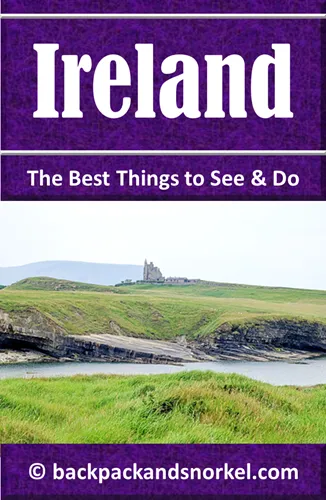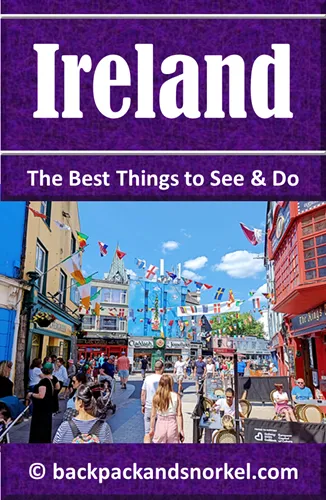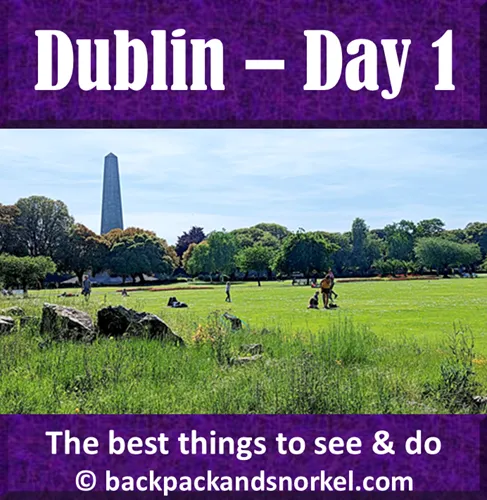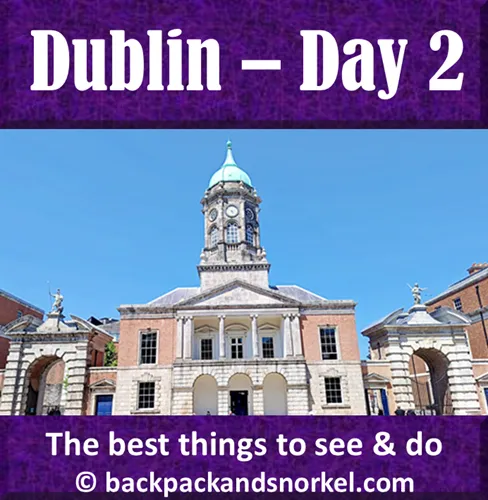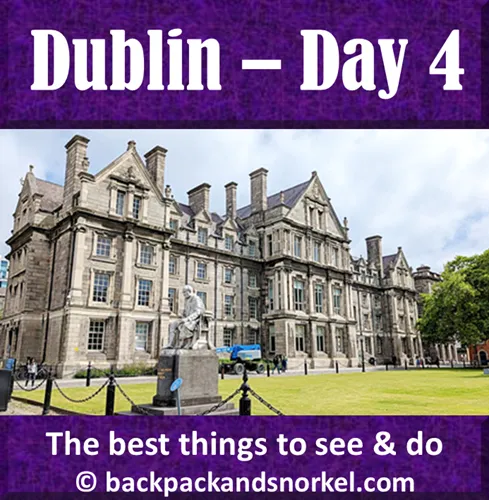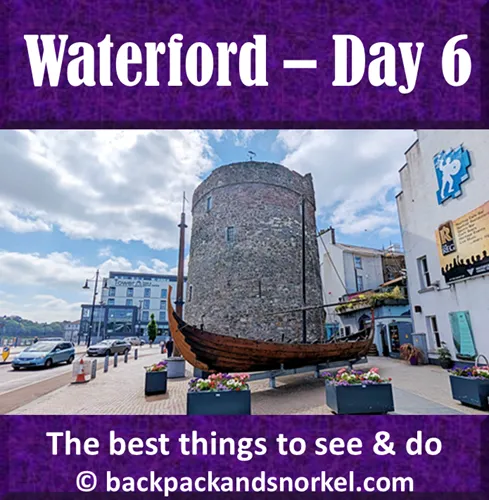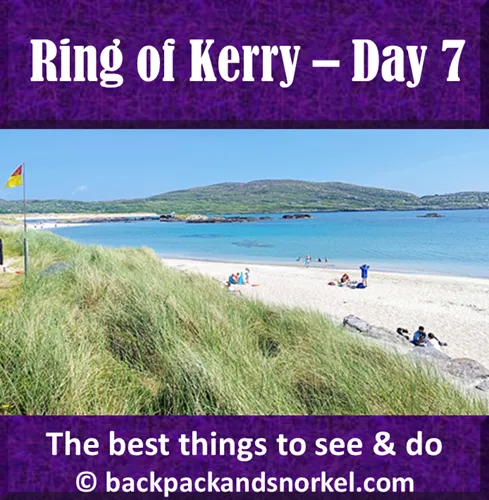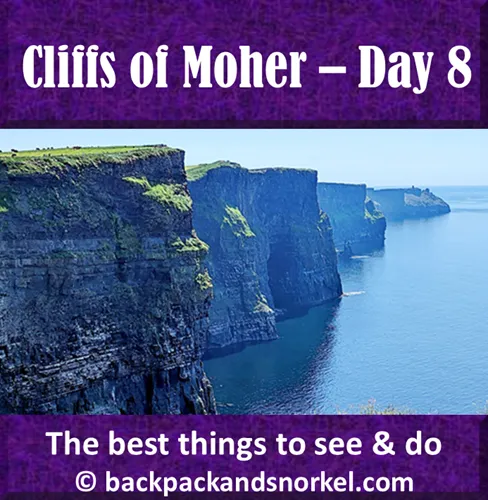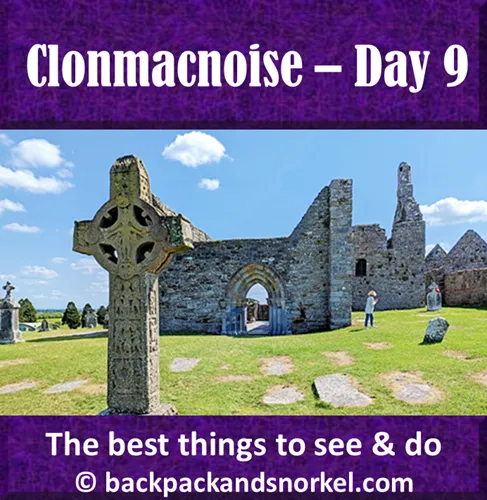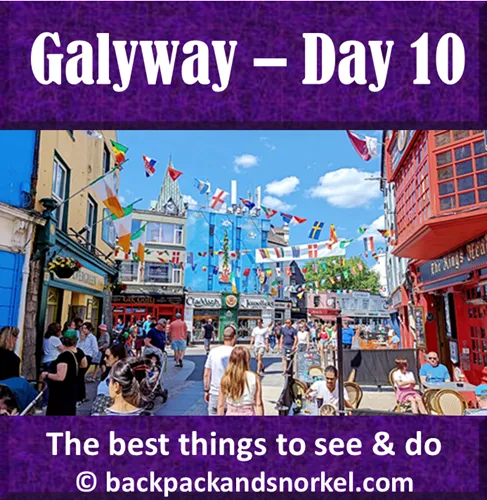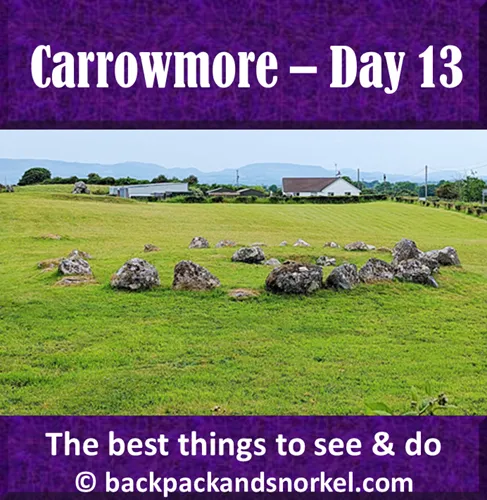Backpack and Snorkel Travel Guide for a Self-guided Tour of Dublin – Day 2 - Ireland Purple Travel Guide
Today is your first full day in Dublin - perfect for a self-guided walking tour of Dublin. We provide detailed information and the best things to see and we show lots of photos so you know what you can expect.
Here at Backpack and Snorkel Travel Guides, we typically promote self-guided walking tours.
But we realize that not everybody likes to walk by themselves in a foreign city. So, just in case that you rather go with ab guide: NO PROBLEM! Please see the free GuruWalk and paid Viator tours below.
free GuruWalk tours
paid Viator tours
Now we start our self-guided walking tour of Dublin. Get on a bus and ride it to downtown Dublin, preferably Patrick’s Cathedral station, or a stop nearby to begin your self-guided walking tour of Dublin.
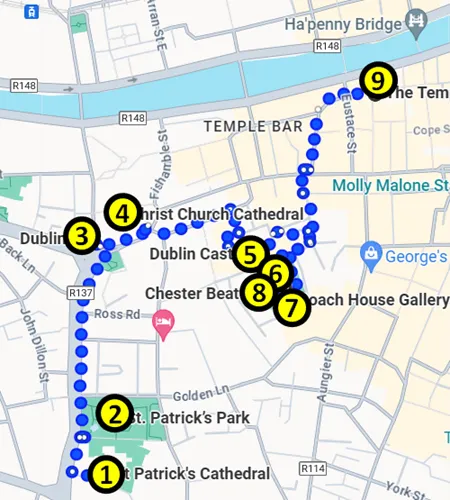
1 = St. Patrick's Cathedral
2 = St. Patrick’s Park
3 = Dublinia
4 = Christ Church Cathedral
5 = Dublin Castle
6 = Dubh Linn Garden
7 = Coach House Gallery
8 = Chester Beatty
9 = Temple Bar Pub
St. Patrick's Cathedral
Founded in 1191 as a Roman Catholic cathedral, St. Patrick's Cathedral is the national cathedral of the Church of Ireland since 1870, but not the seat of a bishop. The Archbishop of Dublin has his seat in nearby Christ Church Cathedral. The fact that Dublin has two cathedrals is almost without precedent and had been a source of considerable tension until a six-point agreement was signed in 1300 that governed their peaceful coexistence.
St. Patrick's Cathedral is the largest church in Ireland. The basis of the church was built from 1191 – 1270 on a plot outside of the town of Dublin. Significant expansions were made in the 1200s and repair work was done in the 1300s, which includes rebuilding the tower between 1362 – 1370.
The cathedral was flooded numerous times and thus, no crypt was ever built.
During the English Reformation in 1537, St Patrick's became an Anglican church. After 1547 it was denoted to a parish church, and in 1555, it reverted back to Roman Catholicism and became a cathedral again until 1559, when it became Anglican again.
In the 1620s, the cathedral was in disrepair and it took until 1660 before significant repairs, including a new roof from 1668 - 1670 were started.
From 1666 until 1816, Lady Chapel of St. Partick’s was leased to French-speaking Huguenots who fled from France to Ireland.
During the Williamite War in Ireland St. Patrick's became Catholic from 1688 – 1690, but reverted back to the Anglican church after the war.
From 1713 – 1745, writer and satirist Jonathan Swift, the author of Gulliver's Travels, was dean of the cathedral – his grave and epitaph are in the cathedral.
In 1805, much of the cathedral was in poor condition and repairs were done throughout the 1800s, including significant repairs and reconstruction from 1860 – 1865 (paid for by the founder of the Guiness brewery, Benjamin Guinness, in which much of the medieval structure and decorations were changed to Victorian style.
In 1871, after the disestablishment of the Church of Ireland, the two cathedrals issue was resolved by making St Patrick's the national cathedral and Christ Church the cathedral of the Dublin diocese, superseding the six-point agreement from 1300.
At the time of writing, admission is €9 per adult and the cathedral is open from 9am or 9:30 and last admission is at 5pm or 6pm, depending on the day. Free guided tours are offered Mondays through Saturdays. Check the website for more details.


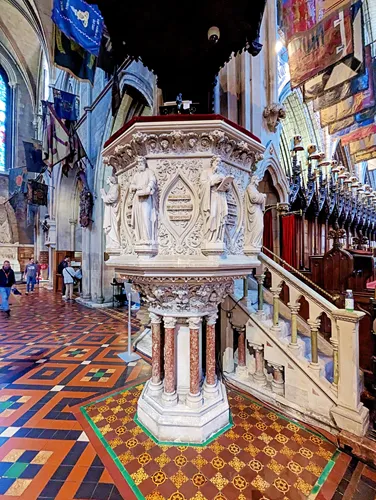
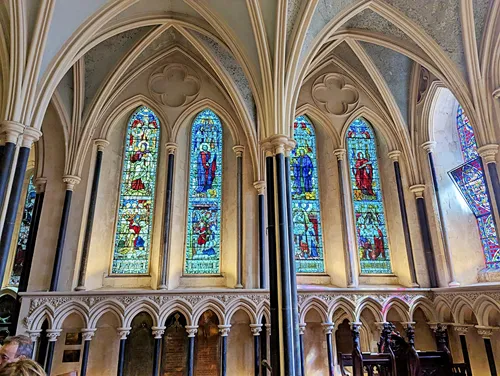
St. Patrick's Park
In 1901 Edward Guiness, the son of Arthur Guiness who founded the Guiness Brewery, created St. Patrick's Park near the cathedral.
The park is well maintained and a good place to relax and for people watching.


Dublinia
Opened in 1993 and redeveloped in 2010, Dublinia is a museum that focuses on the Viking and Medieval history of Dublin. It has recreations of buildings and street scenes from that time.
The museum is located in Synod Hall, which is part of Christ Church Cathedral and connected to the cathedral across the street through an overpass.

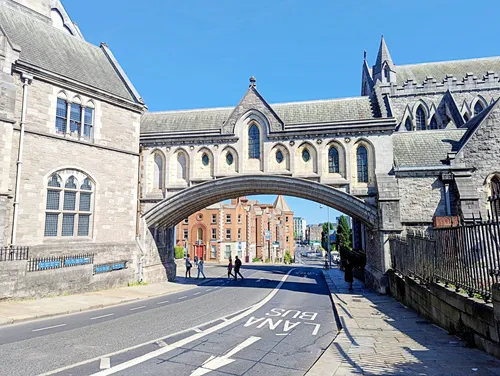
At the time of writing, Dublinia was open 7 days a week from 10am to 5pm and admission was €15 per adult.
Our advice is to buy a combi ticket for Dublinia and Christ Church Cathedral across the road.



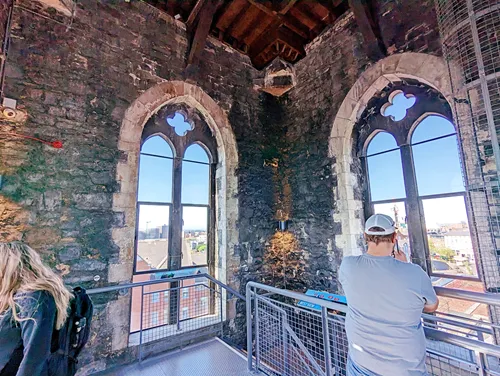
Christ Church Cathedral
Christ Church Cathedral (The Cathedral of the Holy Trinity) is the cathedral of the United Dioceses of Dublin and Glendalough and the seat of the Roman Catholic archbishop of Dublin.
Founded approx. 1030 AD, the church was built in the heart of medieval Dublin overlooking the Viking settlement at Wood Quay. In 1163, Christ Church was converted into an Arrosian Canons (Reformed Augustinian) priory.
In the 1180s, Strongbow and other Norman nobility financed the conversion of the wooden structure into a stone church with a choir, choir aisles and transepts, the crypt, and some chapels. Another chapel and the nave were added in the 1230s.
With St. Patricks’ Cathedral being built in the late 1100s, Dublin had two cathedrals. This is almost without precedent and has been a source of considerable tension until a six-point agreement was signed in 1300 that governed their peaceful coexistence.
Major extension work took place in the 1350s.
In 1539, the dissolution of the Irish monasteries by King Henry VIII, the Priory of the Holy Trinity was abolished and the Prior and Canons of Holy Trinity were transformed into the Dean and Chapter of Christ Church.
In 1547, King Edward VI (King Henry VIII’s successor) denoted St Patrick's Cathedral and transferred its silver, jewels, and ornaments to Christ Church which Queen Mary I of England undid in 1558.
In 1551, divine service was first held in English instead of Latin and the bible was first read in English in 1560.
In 1562, the nave, south wall and the arched stone roof collapsed. Partial repairs were done, but much of the debris was left in place and covered with new flooring.
In the early 19th century, Christ Church was in poor condition and eventually declared unsafe and unfit for use. Some repair work was done between 1829 and 1831 and extensive renovations and rebuilding took place from 1871 to 1878. Among other changes during that phase, the 14th-century choir, the tower, the south nave arcade were removed and rebuilt, the north porch was replaced by the baptistry, and the adjacent Synod Hall was built.
More renovations took place from 1980 -1982.
The cathedral contains the tomb of Strongbow, whose arrival marked the beginning of Anglo-Norman involvement in Ireland. Strongbow’s original tomb was smashed in the 1562 collapse and replaced by a contemporary design.
With 208 ft (63.4 m) in length, Christ Church has the largest crypt in Great Britain and Ireland. It is open for visitors and you can see:
- the oldest known secular carvings in Ireland: two statues that stood outside Dublin's medieval city hall until the late 18th century, before it was demolished
- a tabernacle and set of candlesticks which were used when the Roman Catholic king James II attended High Mass at Christ Church while fighting for his throne
- the stocks, which were made in 1670 and used to punish offenders before the Court of the Dean's Liberty
- historic books and altar goods of the Cathedral
At the time of writing, Christ church is open Mondays through Saturdays from 9:30am to 5:30pm or 6pm and Sundays from 12:30pm until 6pm. Admission with an audio guide is €10.50 per adult.
Our recommendation is to buy a combi ticket of Christ Church and Dublinia.


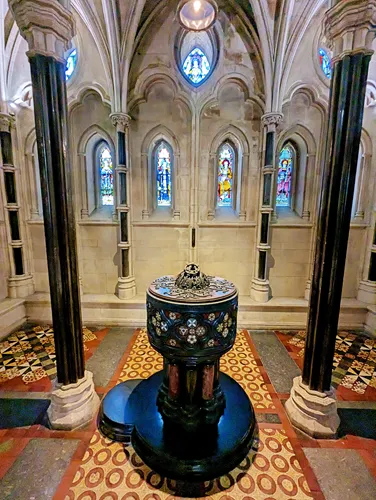

Dublin Castle
The first structures of Dublin Castle were built in 1204 after the Norman invasion of Ireland 1169 as a defensive fort in Dublin with strong walls and round towers on each corner. It formed one corner of the city wall and had the River Poddle as a natural means of defense along two of its sides.
The fort was mostly completed in 1230 and stood strong until a great fire broke out in 1684 and caused severe damage.
Through extensive rebuilding, the fort was transformed into a Georgian palace. The only traces of the original medieval buildings are buried underground, except for the great Record Tower (built from 1228 – 1230), which is still standing.


In 1907, the Irish Crown Jewels were stolen and have yet to be found.
The castle was the seat of the English and then British government's administration in Ireland until 1922, when the Irish Free State was announced.
It was then used as temporary Courts of Justice, and later for state ceremonies.
In 1938, a tradition was started with the inauguration of the President of Ireland at Dublin Castle. Since then, all inaugurations of Irish presidents have taken place here.
Admission to the courtyard is free, but you will need to observe opening hours and buy a ticket if you want to tour the buildings.
At the time of writing, Dublin Castle is open daily from 9.45am to 5.45pm with the last admission taking place at 5.15pm.
Tickets are available for self-guided tours of the State Apartments (€8 per adult) and for guided tours of the State Apartments, Medieval Section and/or Chapel Royal (€12 per adult).
Photography is allowed and you should plan on spending 30-60min.



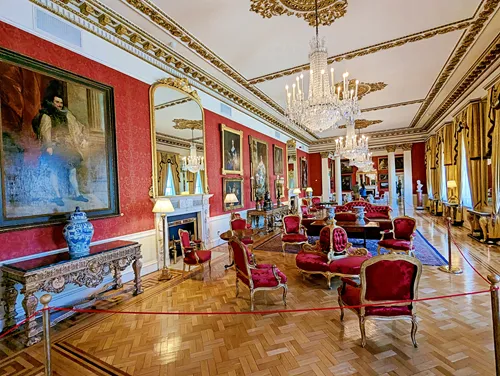
Dubh Linn Garden
Dubh Linn Garden is located on or very close to the Black Pool (dubh linn) that gave the city its name and where the Vikings built a trading base and anchored their ships.
The garden is enclosed by a stone wall and lies directly south of the Chapel Royal and the State Apartments, where it can be accessed through wrought-iron gates with Celtic-inspired spirals.
The majority of the garden is a grassy area that has patterns that represent sea serpents cut into the lawn. On each corner are smaller gardens with special meanings and sculptures. These gardens are:
- The first is dedicated to the memory of Irish investigative journalist Veronica Guerin who reported on organized crime in the Republic of Ireland and was assassinated in 1996 likely by a South Dublin-based drug cartel
- The second garden commemorates the Special Olympics that were held in Ireland in 2003 and contains plaques with the names of the 30,000 volunteers who contributed to the games
- The third garden is the Garda Memorial Garden in which the names of all members of the Garda (Irish Police) killed in the line of duty are inscribed on a roll of honor
- The fourth garden is a four seasons garden
In the southern wall is the entrance to the Coach House Gallery and in the western wall is the access to the Chester Beatty Library.
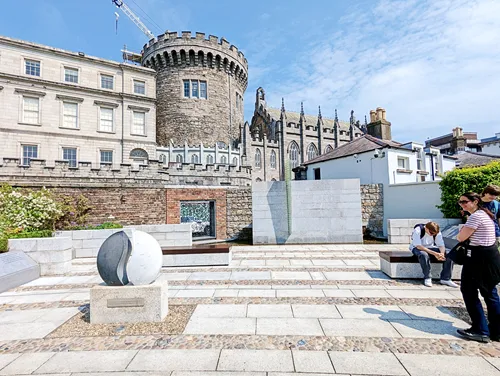
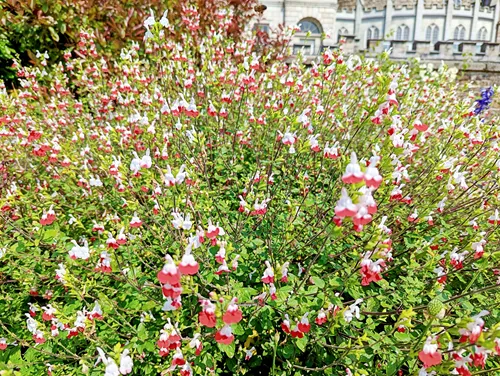

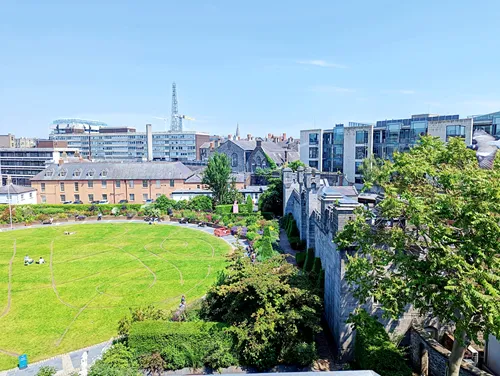
Coach House Gallery
The Coach House Gallery is a small museum whose entrance is in the southern wall of Dubh Linn Garden. Its exhibitions are constantly changing and we found it worthwhile spending 10-20 min in there.
At the time of writing, it is open daily from 10am to 5pm and admission is free.


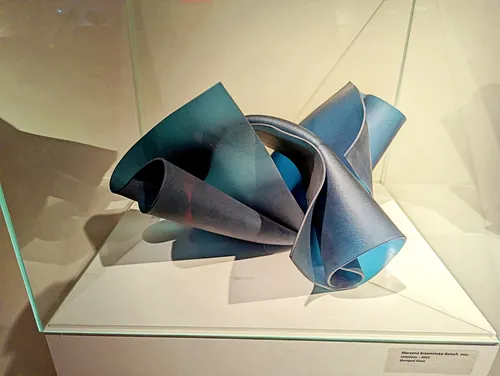
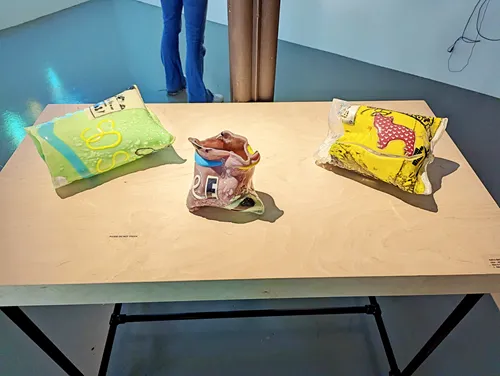
Chester Beatty
The Chester Beatty Library entrance is located in the western wall of Dubh Linn Garden. It is an extraordinary museum that was founded by an extraordinary man: Alfred Chester Beatty. Opened in 2000, Chester Batty’s 125th birthday, it was named European Museum of the Year in 2002.
Born in 1875 in New York City, became a mining magnate and the ‘King of Copper’. He became a British citizen in 1933, moved to Dublin in 1950, established the Chester Beatty Library on Shrewsbury Road for his vast collection and opened it to the public in 1954. He was knighted in 1954, became an honorary citizen of Ireland in 1957 and passed away in 1968.
The museum shows a documentary about his life with photos, videos and much more information about him.
During his lifetime, Chester Beatty amassed manuscripts, miniature paintings, prints, drawings, rare books, and decorative arts from around the world. The library has one of the most significant collections of Western, Islamic and East & South-East Asian artefacts in the world and it is one of the premier sources for research of the Old and New Testaments.
Admission is free and photography of most, but not all, artefacts is allowed. Plan at least 2h, better more, for this museum.


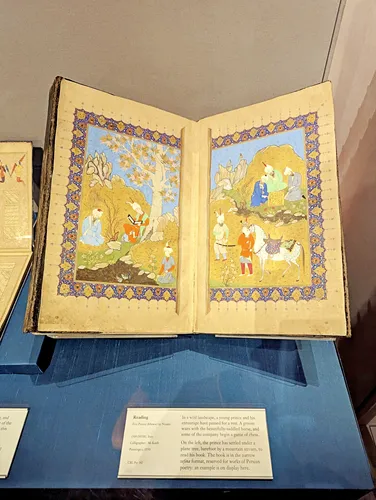

Temple Bar Pub
Located in Dublin’s Temple Bar area, the Temple Bar Pub is one of Dublin’s most well-known pubs and tourist attractions and, as such, it always seems to be busy.
The pub is recorded in the National Inventory of Architectural Heritage (NIAH) and it is well-known for its daily traditional Irish live music and, as the owners claim, Ireland’s Largest Whiskey Collection.
Temple Bar Pub can trace its owners and its license back to 1840.
For the same building but a different owner, an even earlier license was issued in 1819.
The pub is open Mondays through Saturdays from 10:30am until 1:30am or 2:30am and on Sundays from 12:30pm until 2:30am.
Kitchen hours begin with the pub opening and typically end at 7pm or 8pm.
Live music hours are the same as the pub’s opening hours.

Where do you want to go now?
Author: Rudy at Backpack and Snorkel
Bio: Owner of Backpack and Snorkel Travel Guides. We create in-depth guides to help you plan unforgettable vacations around the world.
Other popular Purple Travel Guides you may be interested in:
Like this Backpack and Snorkel Purple Travel Guide? Pin these for later:
